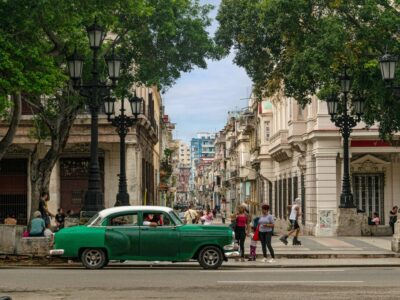
Cuba is a complex country filled with limitless options for discovery and adventure—and for travelers, this begs many questions. What's it like traveling in the countryside? Are there restrictions? What's the food like? Here are the answers to these and more of your most pressing questions about Cuba.
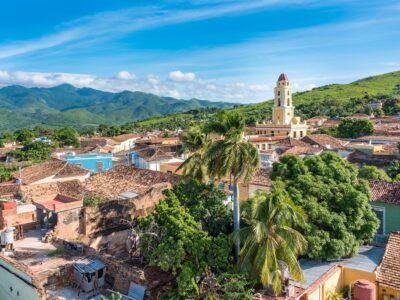
Although the temperature is hotting up, this is still a fabulous month weatherwise, as the prolonged dry period (la seca) of Western Cuba extends through April. Heaps of sunshine and little rain. What’s not to like? Plus, Havana hosts several important cultural events. Not least, every three years, visitors get to enjoy the Biennal art festival, and while Easter is not the big deal it is in other Hispanic cultures, you can witness religious processions in any year.
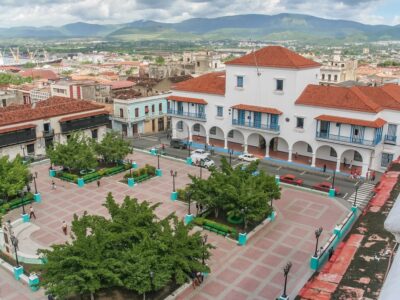
Near the eastern tip of the island and situated closer to Haiti than Havana, Santiago de Cuba is distinct in its architecture and cultural vibe. Founded in 1514 as the second city in Cuba, the hill city fuses French-Haitian with African and Spanish influences. The historic center may be a UNESCO World Heritage Site, but there are many fantastic sights to see here, many associated with the Cuban Revolution.
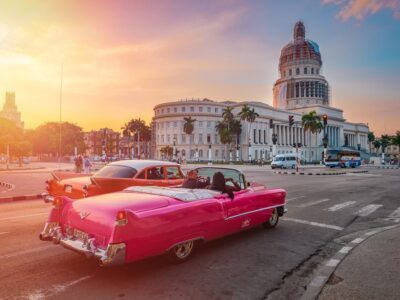
Come to Cuba in dry, sunny winter and spring for fantastic outdoor activities, including some memorable hiking and idyllic beaches. And tap into the island's cultural activities in the wetter summer and fall months, especially the diverse music scene and museums in big cities like Havana, Matanzas, Camagüey, and Santiago de Cuba. Below, learn the reasons for visiting this spellbinding island destination in every season.
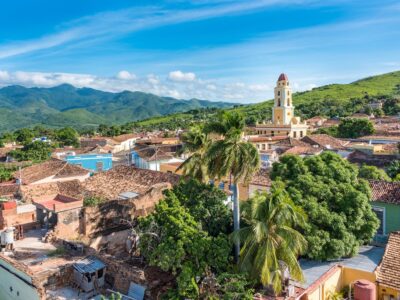
December is peak season, especially during Christmas week, as Canadians and Europeans flood in droves. But the weather is as perfect as any month of the year. And three of Cuba’s premier festivals occur, including an unforgettable religious procession and the equally memorable fireworks “battle” (or parranda) of Remedios. But expect higher prices, and plenty of other visitors crowding your pictures.
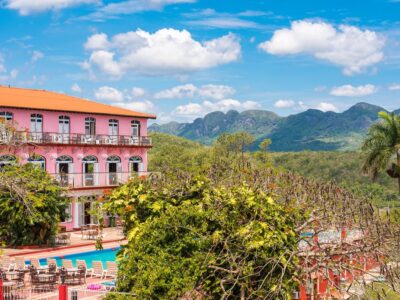
This is a fantastic month weather-wise, as Western Cuba typically experiences a prolonged dry period—la seca—with relatively little rain, and warmer temperatures than January or February. In fact, many visitors feel that March offers the most agreeable climate of the year, although high-season room rates typically still apply. It’s a good time, too, to enjoy some of Cuba’s more off-beat musical festivals.
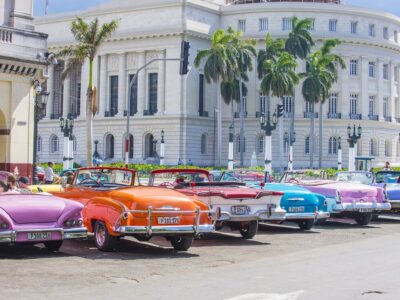
Cuba, an island measuring 780 miles end to end, is much larger than many visitors imagine. With its diverse ecosystems and cultural distinctions among regions, you could easily fill several weeks with exploration. Have limited time? Not to worry: you can discover Havana's highlights in just a matter of days.
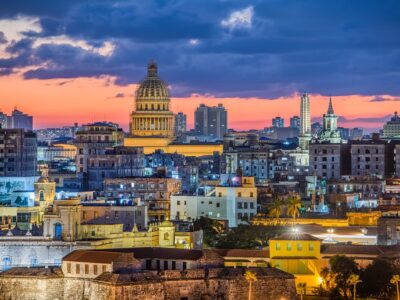
Cuba is a big island, boasting a wide range of scenery, sights, and activities. Whether you plan to sample the rich coffee of Sierra Escambray, dance the night away in Havana, or even follow the footsteps of Che Guevara down the revolutionary trail, every traveler will be able to find their own slice of Cuba - read on to find out which one is perfect for you.
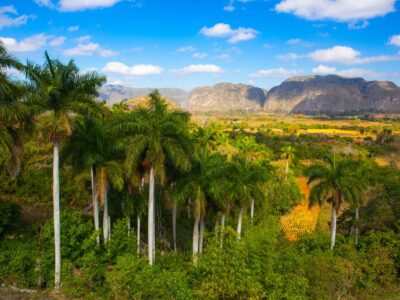
Tobacco Country is one of Cuba’s most visited regions. It draws hundreds of thousands of visitors annually, all eager to enjoy adventure activities and admire the area’s spectacular scenery and culture. Get inspired by the following itineraries, along with your best options for lodging, dining, and entertainment.
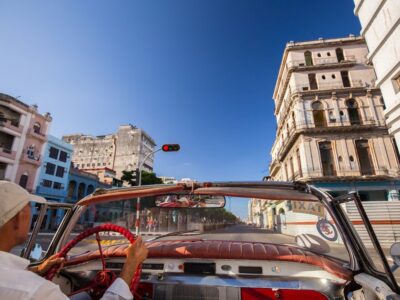
Havana is only a 45-minute flight from Miami, which makes a weekend visit easy. If you only have three days to spare, focus on quality rather than quantity with these itineraries, discovering landmark historical sites, great cuisine, and sultry nightlife in Cuba's capital.
